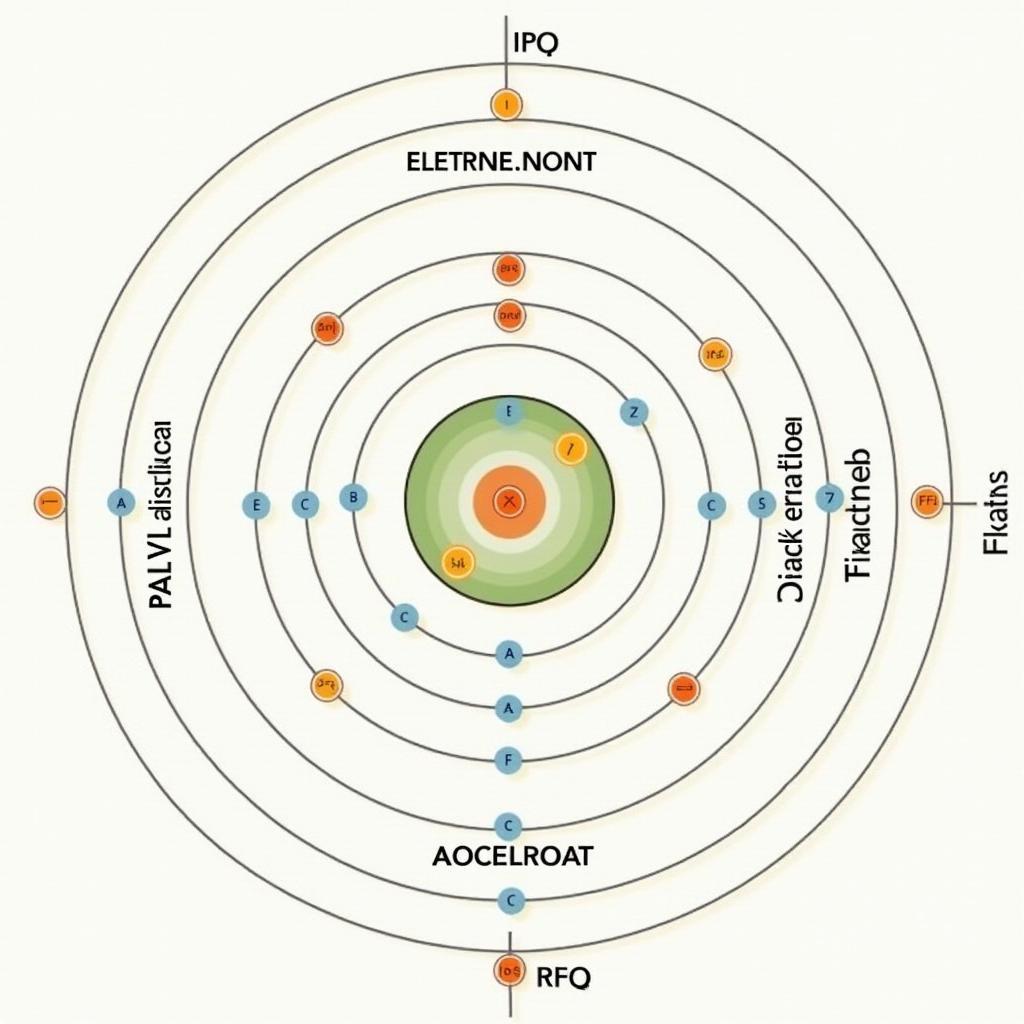Part 1: Introduction and Interview Common Questions
Common questions examiners frequently ask about education and studies:
- What subject are you studying?
- Do you enjoy your studies? Why/Why not?
- What’s your favorite subject? Why?
Sample answer for “What subject are you studying?” (Band 8-9):
“I’m currently majoring in Physics at university. It’s a fascinating field that allows me to explore fundamental principles of nature, including quantum mechanics and the Pauli exclusion principle. I find it intellectually stimulating as it combines mathematical precision with real-world applications.”
Part 2: Cue Card
Topic: Describe a scientific principle or theory that interests you
You should say:
- What it is
- How you learned about it
- Why it interests you
- And explain how it affects our understanding of the world
Sample Answer (Band 8-9):
“I’d like to talk about the Pauli exclusion principle, a fundamental quantum mechanical principle that I find absolutely fascinating. I first encountered this concept during my advanced physics coursework at university, and it completely transformed my understanding of atomic structure.
The principle, named after Wolfgang Pauli, states that no two electrons in an atom can have identical quantum states. This might sound abstract and theoretical, but its implications are profound and far-reaching. It essentially explains why matter takes up space and why electrons arrange themselves in different energy levels around atomic nuclei.
What captivates me most about this principle is how it underpins our entire physical reality. Without it, all matter would collapse into an incredibly dense state. It’s mind-boggling to think that this simple rule prevents the entire universe from collapsing into itself.
The principle demonstrates the elegant simplicity of nature’s fundamental laws while highlighting their complexity in application. It’s a perfect example of how theoretical physics can explain practical phenomena we observe in everyday life.”

Part 3: Discussion Questions
Q1: How do you think scientific theories contribute to technological advancement?
Sample Answer (Band 8-9):
“Scientific theories are absolutely crucial to technological progress as they provide the theoretical framework for practical innovations. For instance, our understanding of quantum mechanics, including principles like the Pauli exclusion principle, has been instrumental in developing modern electronics and semiconductor technology. Without these fundamental insights, we wouldn’t have technologies like smartphones or quantum computers.
Moreover, theoretical discoveries often pave the way for unexpected practical applications. What might seem like purely abstract research today could become the foundation for revolutionary technologies tomorrow.”
Key Vocabulary and Expressions
- Quantum mechanics (n.) /ˈkwɒntəm məˈkænɪks/
- Definition: The theory of matter and energy at the atomic level
- Example: “Quantum mechanics reveals bizarre behaviors at the atomic scale.”
- Theoretical framework (n.) /θɪəˈretɪkəl ˈfreɪmwɜːk/
- Definition: A structure of concepts that supports a theory
- Example: “The Pauli exclusion principle provides a theoretical framework for understanding atomic structure.”
Tips from an Examiner
-
Demonstrate depth: When discussing scientific concepts, show both understanding and ability to explain complex ideas clearly.
-
Use precise vocabulary: Incorporate subject-specific terminology naturally while maintaining clarity.
-
Structure responses: Organize thoughts logically, using clear transitions between ideas.
-
Provide examples: Support theoretical concepts with practical applications or real-world examples.